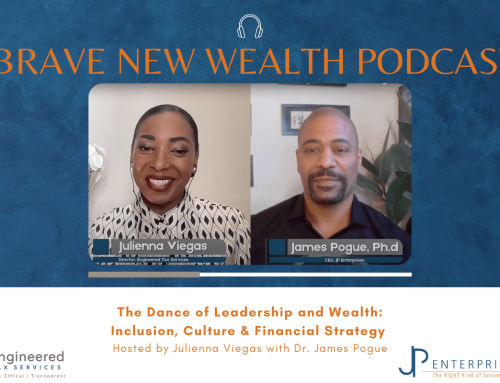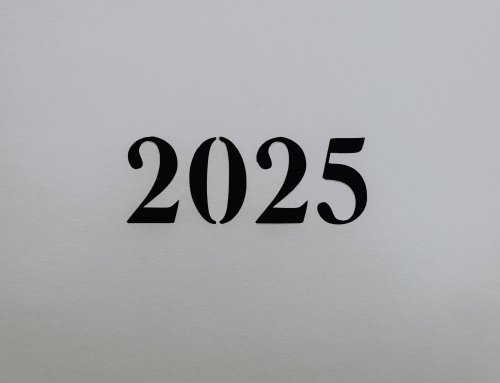Many leaders express concerns about AI-generated content, deepfakes, and the erosion of authenticity in the digital age. But let’s be honest—how often do we present a curated, ‘optimized’ version of ourselves in leadership?
We put on clothes that make us look different. We use filters that make us look younger, more fit or fashionable. We wear glasses and makeup that makes us look different. We wear hair pieces, beard weaves, wigs, hair extensions and coloring that makes us look different. Even as I am writing this, I am wearing a shirt that is designed to accentuate the chest and shoulders and draw less attention to…well… well, let’s just say, other areas.
But beyond appearances, how often do we, as leaders, present a version of ourselves that is shaped more for expectations than reality?
We show up in meetings, on stage, in boardrooms—sometimes not as our true selves, but as the version of ourselves we believe is most acceptable. And that’s not necessarily wrong.
There’s great purpose and value in adjusting how we lead to meet the needs of those around us. Leadership, after all, is often about reading the room, adapting, and knowing when to push and when to pull back. The problem isn’t that we do this. But understanding this tendency can strengthen the way we lead and connect.
We criticize AI for manufacturing reality while carefully constructing our own. We demand transparency from our teams but may hesitate to offer it ourselves. We encourage open dialogue yet package our own thoughts to be more palatable.
How This Impacts Leadership and Team Performance
This is not just a philosophical idea. It directly impacts leadership, culture, and business results.
Employee Engagement & Trust
Teams look to leaders for clarity and consistency. When leaders align with the organization’s values while remaining human and approachable, they build trust. If adaptation turns into over-curation and leaders feel distant, teams hesitate to engage. Over time, this can erode communication, stifle innovation, and weaken culture.
Culture & Psychological Safety
Leaders who model adaptability with self-awareness create an environment where employees feel safe to do the same. If teams sense that optics matter more than contribution, they hold back from challenging ideas, taking risks, or offering meaningful input. When that happens, companies stagnate, prioritizing perception over performance.
Customer & Stakeholder Relationships
People don’t just buy products or services; they buy into leadership and vision. When leaders show up with clarity and authenticity it builds credibility. But when organizations focus too much on maintaining a polished, controlled narrative, that credibility can erode, both internally and externally.
Redefining Leadership Authenticity
Instead of dismissing this as hypocrisy, let’s call it what it is: a balancing act that requires self-awareness.
We don’t need leaders who overshare, nor do we need leaders who hide behind a scripted version of themselves. What we need are leaders who know when to adapt and when to be real. Who understand that connection—real connection—isn’t about perfection, but about trust.
Because at the end of the day, leadership isn’t about curating an image. It’s about knowing how that image shapes the way people engage, follow, and trust.
If this resonates, take a look at the Connection Quotient™ assessment—it’s a free tool designed to help leaders and teams evaluate how well they truly connect. Because the strongest organizations aren’t built on performance alone. They’re built on real connection.





